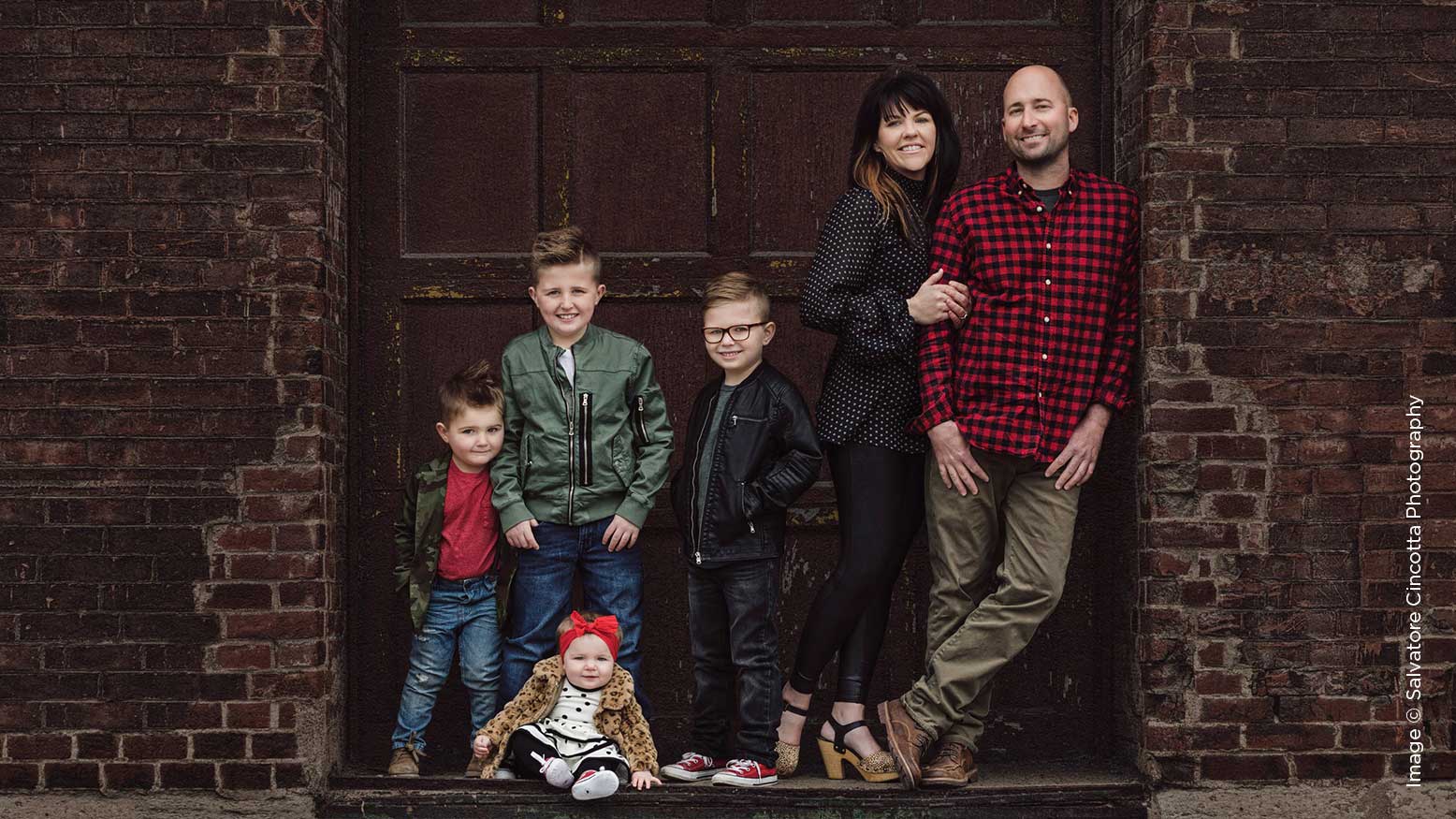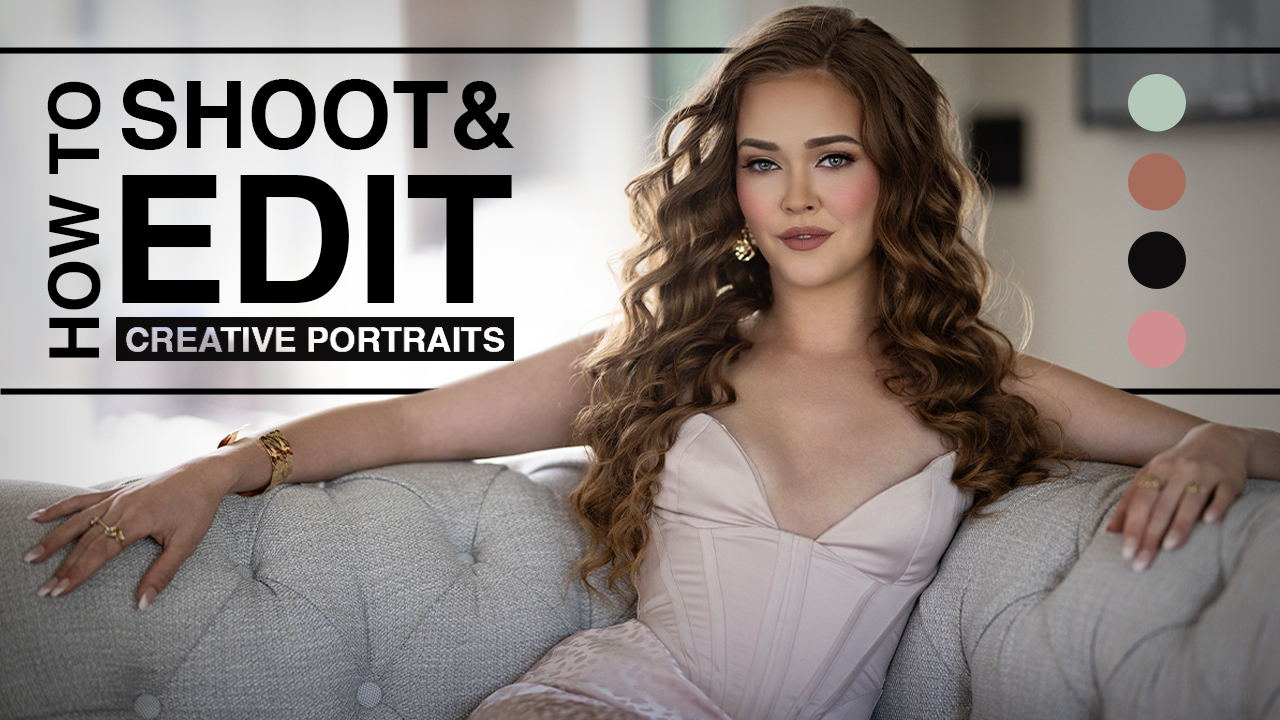Pivot Your Post-Production With Presets & Profiles | Lightroom Classic CC 7.3.1 with Dustin Lucas
For many of you working in Lightroom and resisting Classic CC, it is time to pivot. Mind you, this is not an article about signing your life over to becoming a monthly Adobe subscriber or a debate on why they stopped a standalone version of Lightroom. This is about efficiency and the best results you can achieve with a working knowledge of Lightroom. With the recent enhancements to the layout and edit-ability of your Raw files, there’s even less reason to resist.
Lightroom Classic CC 7.3.1 has restructured the tools in the Develop module to get us exactly what we need and faster access. Along with the new layout, there is a ton of new presets provided by Adobe and a greater supply of creative options with a single click. Not to mention that preset files get converted instantly to XMPs to make applying global settings to your images more compatible between Adobe Camera Raw and Lightroom. Camera Raw and Creative Profiles are now at the top of the Basic panel for more image control right out of the gate. This facelift is just what we needed. It also includes a larger Tone Curve panel for more meticulous adjustments, and a Dehaze tool was added to Presence in the Basic panel for added tonal adjustments.
After reading this article, you will be ready to pivot to Lightroom Classic CC to fully experience the changes Adobe offers. Let’s dig into the new Develop module layout and get our editing bearings.
Digging into the New Develop Module Layout and Settings
Adobe has certainly been listening to the concerns and requests from photographers. The first thing I noticed was the addition of Profiles in the Basic panel, and all I could say was, finally. For years I’d have to scroll to the bottom of the Develop module to Camera Calibration, make changes, scroll back up, etc. The intuitive Profile Browser allows me to preview different options, including new Adobe Creative profiles, which I will touch on later.
You’ll notice right away that the Presence panel has incorporated the Dehaze tool, and rightfully so. This is very useful in bringing definition back into those soft areas lacking density. Much like the Black Point tool, this ensures you have true black tones and lets you pull on your midtones to extend your dynamic range. Another change is in the Details panel, where the Sharpening Amount defaults at 40. Tone Curve allows more room to play with your tone range.
In the Tone Curve panel, you now have more flexibility with a larger area when creating a custom Point Curve. Typically you would use the Point Curve or Tone Region sliders to push the dynamic range, but you can also use prebuilt Point Curves. After clicking the linear listed in the dropdown box, you will notice the top two options: Medium and Strong Contrast. These provide a simple S-curve style boost in contrast. You’ll notice the long list of film names. Much like in Photoshop, these film-style curves migrated into the Tone Curves panel automatically to allow us to start creatively developing the look we want. One feature that would be very beneficial is the ability to hover over a prebuilt curve and see it applied on our image.
Now that we’re more familiar with the change in the Develop module, let’s push through our post-production with presets.
Push Through Post-Production With Presets
When it comes to efficiency, there is no better way to save time than with presets. From import to editing and finally export, there are options to save settings as a preset. This allows you to recall these settings and even apply them to selected images. You can create presets in the Develop module and apply them at import or during your develop processing. Let’s go over some workflow tips with presets.
I recommend that you not apply presets at import, which can add problems to the mix. Everyone has an opinion about this, and it can save time if you understand the limitations. Here is what I mean: If you apply a develop preset, it is the as-shot version of the file, and you cannot revert them globally. Another issue arises when you use any Auto features with import presets—you will notice inconsistencies in setting syncing due to Lightroom wanting to autocorrect the image. Be mindful that your import preset requires more rendering power for previews because your computer has to load the processed before and after preview.
Now we can move into the newly included presets with Lightroom grouped into these categories: Color, Creative, B&W, Curve, Grain, Sharpening, Vignetting and Classic. We can now hover the cursor over each preset to see in real time what the effect provides our image. It’s achievable only with the Navigator panel and it is way too small to preview. You’ll notice that Color, Creative and B&W incorporate multiple settings and are more of a complete package versus being stackable. This is where Curve, Grain, Sharpening and Vignetting allow you to apply specific image correcting tools to fine-tune. You can create ones for Lens Correction, Noise Reduction and HSL, which can come in handy.
Another massive shift is your previous and new Lightroom presets get converted to XMP files and saved in the Camera Raw settings folder. This allows a more fluid transition between Lightroom and Camera Raw when applying prebuilt settings. Not to worry: You still have your presets in older versions of Lightroom; you will just notice when opening Lightroom Classic CC 7.3.1 that a pop-up notice will convert them automatically. All your previous presets will be renamed and left in your Lightroom develop presets folder for older versions to use, and the new ones are stored in the Camera Raw settings folder. To find these, right-click on a preset in Lightroom and choose Show in Finder.
Just as with import develop presets, you can create export presets for simple output methods. This allows you to quickly choose the location, file naming convention, file format, color space, image size and even what to do once the file export opens into Photoshop. I like to run a Photoshop droplet to allow the exported images to immediately batch-process an action to all images and save them in one fell swoop. This is massive for my workflow and allows me even more flexibility with Lightroom and Photoshop.
With this recent change, there have been some setbacks with the 7.3 release that Adobe addressed in the 7.3.1 update in April. Not to worry: Your presets should be converted properly to XMPs, and massive issues with B&W presets have been resolved. Let’s look at the biggest change in Lightroom: the Camera Profile Browser feature.
Control Color After Capture With Custom Profiles
Adobe’s release of Lightroom 7.3 provided a more intuitive and comprehensive way to apply camera profiles in the Basic panel. The first thing you’ll notice is that profiles are now readily accessible, and a new interface with the Profile Browser gives you the ability to preview color profiles and introduce a ton of creativity with new ones. Let’s dive into the default profiles to get accustomed to what options we have beyond Adobe Standard.
Speaking of default profiles, Lightroom introduces Adobe Color to push the tonal range of your images right out of the gate. You’ll notice this slight push when reverting back to Abode Standard. Along with these Adobe profiles, you have your choice of landscape, neutral, portrait and vivid. These profiles did not shift too much; for now, I think I will stick with Adobe Color unless I purchase a third-party profile or make one with the Xrite Color Checker software. The Profile Browser lets you scroll over each profile to preview each one in real time. This is a huge workflow change for profiles and presets alike. No more click, undo and repeat until you find the right one.
You’ll notice that all these Adobe profiles are at the top because they have favorite stars applied. Simply click any starred profiles you wish to remove from your list and add any to quickly apply your most used ones. I highly recommend adding color and black-and-white profiles. You still have the Camera Matching profiles, including the popular Camera Standard. These never felt useful enough to implement. Moving into the general Profiles and Legacy, we can apply our trusty VSCO, DVLOP, Huelight, etc. profiles purchased from third-party developers. The Legacy profiles seem to group all the black-and-white profiles separate from the color ones, which helps tremendously. Organization with the Profile Browser is a great upgrade.
Now we have four entirely new categories to push the creative limits of our image: Artistic, B&W, Modern and Vintage. With each profile, you have the flexibility to reduce the amount with the addition of a slider when selecting each profile. After cycling through the Artistic and Vintage profiles, I find them to be a bit underwhelming. I guess the creative aspects of these profiles are up for interpretation. I enjoy some of the Modern profiles and would add them to my favorites. Again, take some time previewing these and see what works for your photography. You might be surprised if you find something you like more than Adobe or Camera Standard.
The Results
I highly recommend updating to 7.3.1, with its new features and recent bug fixes. All of your trusty tools, presets and profiles are there, and with the newly updated develop module, you can view changes by scrolling over each option. You can finally ditch the Adobe or Camera Standard profile and start using the Adobe Color for better color tone.






